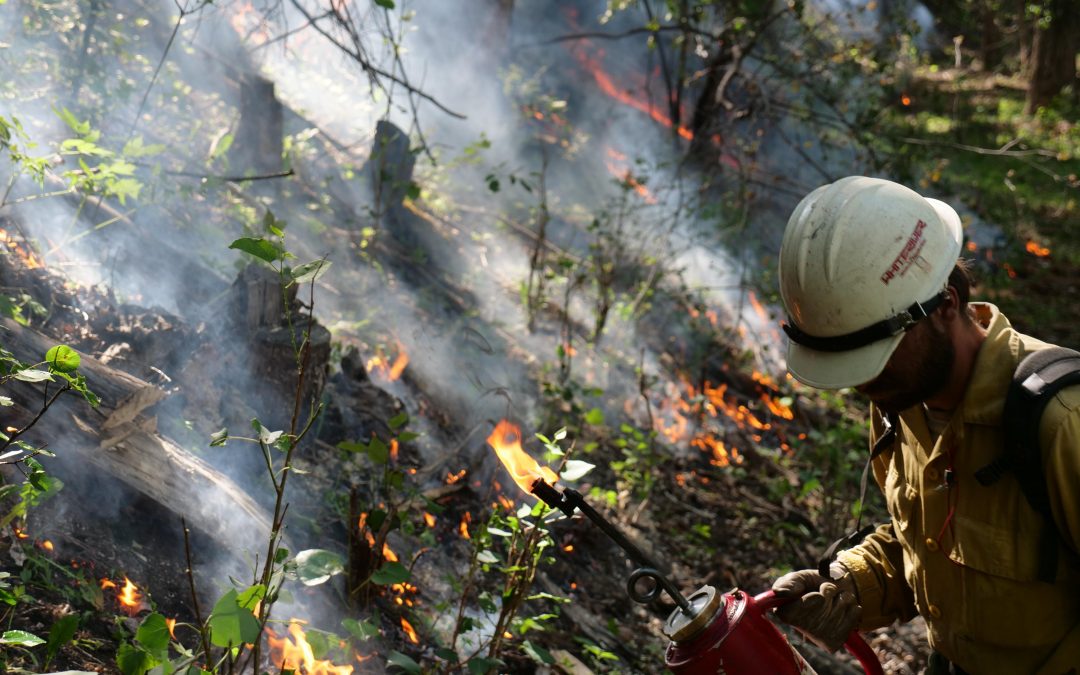Communities across southwestern Colorado are joining forces to identify areas most prone to wildfire and to craft plans to keep towns and homes safe and ready to rebuild once the flames are put out.
The Dolores Watershed Resilient Forest Collaborative (DWRFC) is working this summer to have a sustainability plan in place by this fall, according to Danny Margoles, coordinator of the collaborative.
“How to think across private and public boundaries is one of the larger goals. We are going to be drawing a lot of circles on the maps together,” Margoles said. “How do we reduce risk and help maintain resilient ecosystems and forests regardless of ownership boundaries? We are working to prioritize where the work should be done first.”
The DWRFC includes several government agencies as well as representatives of Montezuma and Dolores counties, and the towns of Cortez, Dolores, Dove Creek and Rico. Also working on the effort are representatives from the timber industry, water agencies, conservation groups, the U.S. Forest Service, businesses and homeowners. The aim is to draft an overarching strategic plan by this fall to reduce wildfire risk on public and private lands within the group’s project area in Dolores and Montezuma counties.
Margoles says the forests in the upper Dolores River watershed have a history of fire suppression and clear cutting that, along with climate change, has elevated wildfire risk. Now collaborating through online meetings due to the COVID-19 pandemic, stakeholders are reviewing maps to identify priority areas, including wildland urban interfaces and locations with potential for soil erosion due to wildfire that might affect the Dolores River watershed and McPhee Reservoir, Margoles says.
While the stakeholders working within the group agree on overarching goals, much of the hard work is yet to come as details and mitigation strategies come into focus, Margoles says.
Even as the DWRFC works locally, the group is part of a larger, regional effort within the San Juan Headwaters Forest Health Partnership (SJHFHP). That partnership is bringing stakeholders together to identify community risks and needs, then planning projects to address them within the Pagosa Ranger District of the San Juan National Forest.
“We are trying to look at present threats, future threats and what it’s going to take to keep our community sustainable and resilient,” says SJHFHP coordinator Aaron Kimple. “There are things we need to focus on locally but what working together [with the DWRFC] has offered us is the ability to expand and get resources on a larger scale.”
Gus Jarvis is a freelance writer in Montrose. He can be reached at j.c.jarvis@gmail.com
This article first appeared in the Summer of 2020 issue of Headwaters Magazine.
Fresh Water News is an independent, nonpartisan news initiative of Water Education Colorado. WEco is funded by multiple donors. Our editorial policy and donor list can be viewed at wateredco.org


 Print
Print